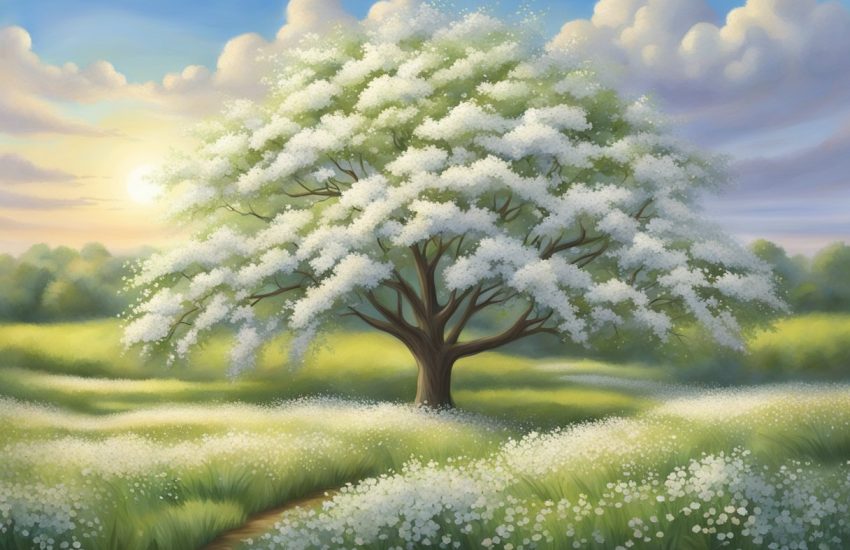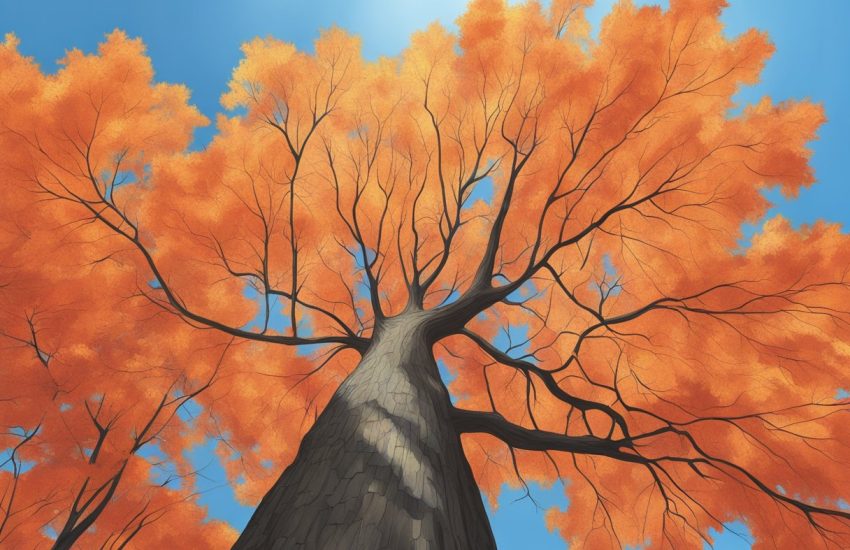Yellow Arizona Wildflowers: A Guide to the State’s Vibrant Blooms
Yellow Arizona Wildflowers: A Stunning Display of Springtime Beauty

Arizona is known for its stunning natural beauty, and one of the most beautiful sights is the abundance of wildflowers that bloom in the spring. Among these wildflowers, the yellow varieties stand out as a particularly striking display of color. These yellow Arizona wildflowers come in a variety of shapes and sizes, and can be found throughout the state in a range of habitats.
From the vibrant yellow of the desert marigold to the delicate blooms of the yellow columbine, there is no shortage of yellow wildflowers to be found in Arizona. These flowers can be found in a wide range of habitats, from the dry desert to the lush forests of the northern part of the state. Whether you are a seasoned hiker or a casual nature lover, taking the time to explore Arizona’s wildflower displays is a must-do activity during the spring months.
Identifying Yellow Arizona Wildflowers
Arizona is home to a diverse range of wildflowers, including many species that bloom in vibrant shades of yellow. These flowers can be found in a variety of habitats, from sandy soils and rocky slopes to meadows and roadsides. In this section, we will explore the different characteristics of yellow Arizona wildflowers and how to identify them.
Species and Common Names
Some of the most common yellow wildflowers in Arizona include the Brittlebush (Encelia farinosa), Common Sunflower (Helianthus annuus), Upright Prairie Coneflower (Ratibida columnifera), Yellow Salsify (Tragopogon dubius), Desert Marigold (Baileya multiradiata), and Chuparosa (Justicia californica). It’s important to note that many of these species have multiple common names, so it’s best to refer to their scientific names for accuracy.
Habitats and Blooming Seasons
Yellow Arizona wildflowers can be found in a variety of habitats, including rocky areas, sandy soils, and meadows. They typically bloom in early summer, with peak blooming season occurring in June. Some species, such as the Desert Marigold, can bloom throughout the year in milder climates.
Physical Characteristics
Yellow Arizona wildflowers come in a range of shapes and sizes. Some, like the Brittlebush, are tall and slender with clusters of daisy-like flowers. Others, like the Common Sunflower, are large and showy with bright yellow petals. Many yellow wildflowers have green leaves that are either simple or compound, while others have finely divided leaves.
Color Variations and Combinations
While most yellow Arizona wildflowers are a bright shade of yellow, some have unique color variations and combinations. For example, the Upright Prairie Coneflower has yellow petals with a brownish-black center, while the Chuparosa has yellow-orange flowers. Some species, such as the Lotus Corniculatus, have yellow flowers with purple or pink accents.
Unique Species Highlights
Some yellow Arizona wildflowers have unique characteristics that make them stand out. The Yellow Salsify, for example, has a large, dandelion-like flower head that turns into a fluffy seed head when it goes to seed. The Desert Marigold is known for its ability to thrive in harsh desert conditions, while the Chuparosa is a favorite of hummingbirds.
Invasive Species Awareness
While many yellow Arizona wildflowers are native to the region, some are invasive species that can harm the local ecosystem. It’s important to be aware of these species and take steps to control their spread. Invasive species that are yellow include the Sahara Mustard (Brassica tournefortii) and the Tamarisk (Tamarix spp.).
Conservation and Protection
Several yellow Arizona wildflowers are considered endangered species and are protected by law. These include the Huachuca Water Umbel (Lilaeopsis schaffneriana ssp. recurva) and the Pima Pineapple Cactus (Coryphantha scheeri var. robustispina). It’s important to respect these protected species and avoid disturbing their habitats.
In conclusion, yellow Arizona wildflowers are a beautiful and diverse group of plants that can be found throughout the region. By understanding their characteristics and habitats, we can better appreciate and protect these important species.
The Role of Yellow Wildflowers in Ecosystems

Yellow wildflowers are an essential part of the desert ecosystem, providing numerous benefits to the environment and its inhabitants. This section explores the various roles of yellow wildflowers in the ecosystem, including their interactions with other plants, adaptations to desert climates, and cultural and historical significance.
Pollinators and Wildlife
Yellow wildflowers play a critical role in providing food and habitat for pollinators such as bees, butterflies, and birds. These insects and birds rely on the nectar and pollen produced by yellow wildflowers for their survival. Additionally, yellow wildflowers provide shelter and habitat for small animals and insects, such as scorpions and spiders.
Interactions with Other Plants
Yellow wildflowers interact with other plants in the desert ecosystem in various ways. For example, some yellow wildflowers, such as desert marigold and scorpionweed, have allelopathic properties that inhibit the growth of other plants around them. On the other hand, some yellow wildflowers, such as fairy duster and globemallow, have symbiotic relationships with other plants, providing nitrogen to the soil and improving the soil’s fertility.
Adaptations to Desert Climates
Yellow wildflowers have evolved unique adaptations to survive in the harsh desert climate. For example, many yellow wildflowers have deep root systems that allow them to access water deep underground. Others have thick, waxy leaves that help them retain moisture and protect them from the intense desert sun. Some yellow wildflowers, such as fiddleneck, have adapted to the desert’s dry conditions by producing seeds that can remain dormant for years until the conditions are right for germination.
Cultural and Historical Significance
Yellow wildflowers have significant cultural and historical significance, particularly among Native American communities. For example, the creosote bush, a yellow wildflower, has been used for centuries by Native Americans for medicinal purposes. Similarly, the desert chicory, another yellow wildflower, was used by Native Americans as a food source and for its medicinal properties. Yellow wildflowers also have cultural symbolism, representing renewal, growth, and resilience in the face of adversity.
In summary, yellow wildflowers play a vital role in the desert ecosystem, providing food and habitat for pollinators and wildlife, interacting with other plants, adapting to the harsh desert climate, and having significant cultural and historical significance.


